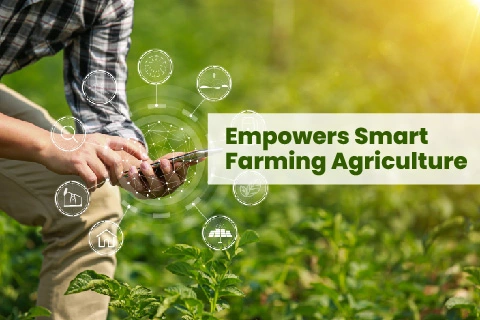Technology is taking agriculture to the next level. It has successfully introduced various technological solutions to the industry. You can see the major changes and shifts happening. The entire food value chain is transforming in the current scenario. This blog will explain the charges, risks, innovative solutions and much more:
Smart Farming for Better Results:
These days, farmers don’t use traditional farming methods. They choose technologies like drones and sensors. The use of modern-day technologies like remote sensors and drones is called Precision farming. So, if a farmer adopts these technologies, it will boost their efficiency and productivity.
Climate-Ready Farming:
The most real threat to farming is climate change on Agriculture. Many studies and technological inventions are happening so that farmers can prepare for this threat. Farmers in drought-prone areas choose to grow crops that are drought-resilient. They are also learning water-saving techniques to be more sustainable in their approach. Similarly, there are studies and explorations going on to find new and advanced ways to irrigate.
Digitalising the Supply Chain:
The digitalisation of agriculture is already happening at a fast pace. You can see the entire supply chain working on IoT devices. Nowadays, you can operate anything online, from manufacturing, packaging, tracing the processes, ensuring quality, distribution, tracking transportation, etc.
Understanding Consumer Trends:
Consumer preferences are changing with changing times. Farmers’ preferences should also change based on these market trends. If food businesses invest in market intelligence, they will be able to stay updated with market trends and changes. It will ensure their growth and sustenance in the market.
Uniting the Agriculture Community:
It can be difficult for farmers to face the disruption in the food value chain. There must be good teamwork and collaboration between farmers, researchers, tech developers and policymakers to find solutions and address the challenges.
Like every other industry, agriculture is also at the threshold. The challenges are opportunities in disguise if one utilises them well with technology, collaboration and, most importantly, sustainable practices.




